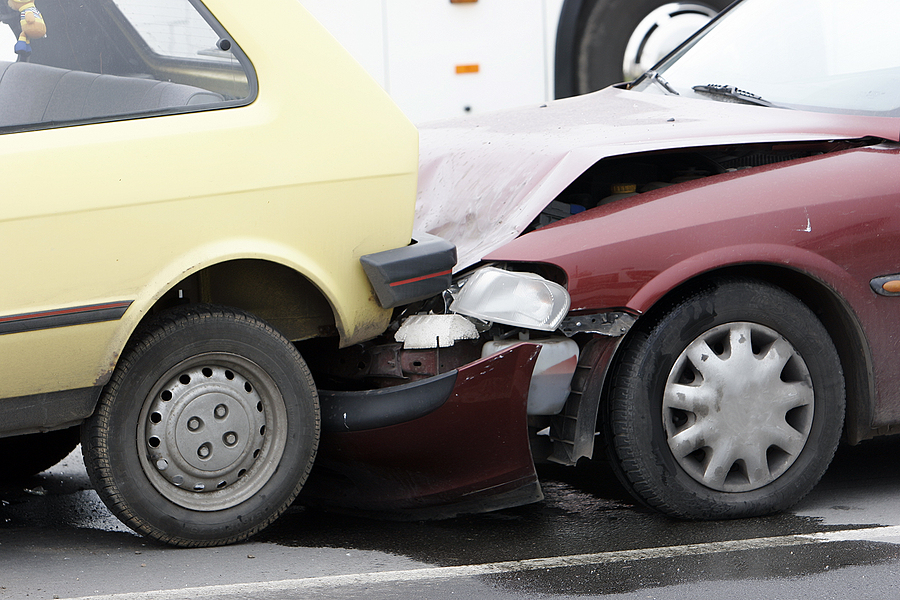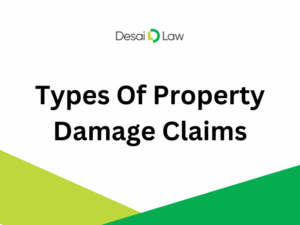Rear-end crashes could happen at any time and any place, in motion or at a stand-still. In some cases, you don’t even know the crash will happen since you probably don’t keep your eyes glued to the rearview mirror. In other cases, you might see it coming but can’t do anything to get out of the way because of other traffic. In whatever scenario, rear-end collisions can cause serious, even fatal, accidents.
Rear-End Crash Stats
Rear-end crashes are the most common vehicle crashes in the United States. In one year, there were 1.7 million rear-end collisions. And the National Highway Traffic Safety Association found rear-end collisions were the cause of 7.2 percent of fatal accidents in one year. Among the most common causes of rear-end collisions are tailgating, distracted driving, and speeding.
Who Is at Fault for a Rear-End Wreck?
In most cases, the driver who runs into the rear is at fault.
Some of the common scenarios leading to rear-end collisions illustrate why this would be:
- Running into the back of someone who is slowing down for traffic
- Not noticing the driver ahead activated their turn signal, and failing to slow down enough to give them space to turn
- Speeding through a yellow traffic light before it turns red, and not expecting the vehicle ahead to stop or slow for a turn
- Accelerating into the back of the vehicle ahead because the rear driver expects the front driver to move immediately when the stoplight turns green.
In each of these scenarios, the rear driver’s impatience and failure to drive carefully leads to the accident.
In some cases, both drivers could share in the liability. For instance, the front driver might be partly responsible if they:
- Suddenly slams on their brakes
- Puts their vehicle in reverse while at a stop sign or light
- Have broken brake lights
- Fail to use their signal before slowing for a turn.
In these cases, the front driver is at least partly to blame for the accident, even if the driver at the rear might have not left as much space between themselves and the driver ahead.
Injuries You Could Suffer in a Rear-End Wreck
If someone hits you from behind, you could suffer myriad injuries, from minor to catastrophic, and even death, depending on what hit you and how fast the vehicle hit you. Injuries include:
- Bumps, bruises, scrapes, or cuts
- Strains, sprains, pulled muscles, torn muscles, or other soft-tissue injuries
- Head, neck, or shoulder injuries, including whiplash
- Traumatic brain injuries, including concussions
- Face or eye injuries
- Burns and road rash if the crash ejects you from the vehicle
- Back and spinal cord injuries
- Internal injuries
- Simple or compound fractures
- Psychological trauma
- Secondary injuries, such as infection, because of a compromised immune system.
Recoverable Damages After a Rear-End Crash
The damages you might recover after a rear-end wreck depend on the injuries you suffer, or if you lost a loved one because of the wreck. You could recover compensatory damages or punitive damages.
Compensatory Damages
A settlement may account for, or a court may award two types of compensatory damages—economic damages and non-economic damages. Economic damages have a distinct monetary value, while non-economic damages do not.
Economic damages may include:
- Past medical expenses, for injuries suffered in the accident and incurred before a settlement or court award
- Future medical expenses, for injuries suffered in the accident and expected to be incurred after a settlement or court award
- Past lost wages, for the time you cannot work from the time of the accident up until the settlement or the court award
- Future lost wages, to cover wages going forward for however long medical experts estimate your accident injuries will prevent you from working after a settlement or a court award
- Replacement or repair of destroyed or damaged personal property
- Burial, funeral, or cremation expenses, if you lost a loved one in a rear-end wreck
Non-economic damages may include:
- Pain and suffering, including emotional distress, if you suffered injuries in a rear-end accident
- Emotional distress, if you lost a loved one in a rear-end wreck
- Loss of quality of life
- Loss of companionship, if you can no longer participate in family events and activities
- Loss of consortium, if you can no longer have a physical relationship with your spouse
- Loss of use of a body part, such as a foot or hand
- Loss of use of a bodily function, such as your eyesight.
- Inconvenience, if you have to hire someone to do such routine things as grocery shopping, lawn and home maintenance, or home repairs
Punitive Damages
A court only orders punitive damages if a plaintiff can show that the defendant’s actions were intentional or grossly negligent. Generally speaking, punitive damages add a step to the process. During the first part of the trial, the jury or judge determines whether the defendant is liable. The second part assesses damages.
If you can’t prove liability, then you aren’t eligible to collect any kinds of damages, compensatory or punitive. However, if you can prove a defendant’s liability and that they owe you compensatory damages, a court may then determine whether enough evidence exists to show that the defendant’s actions or inactions were intentional or grossly negligent, and warrant punitive damages.
You will want a car accident lawyer to review your claim to determine what damages you can pursue.





